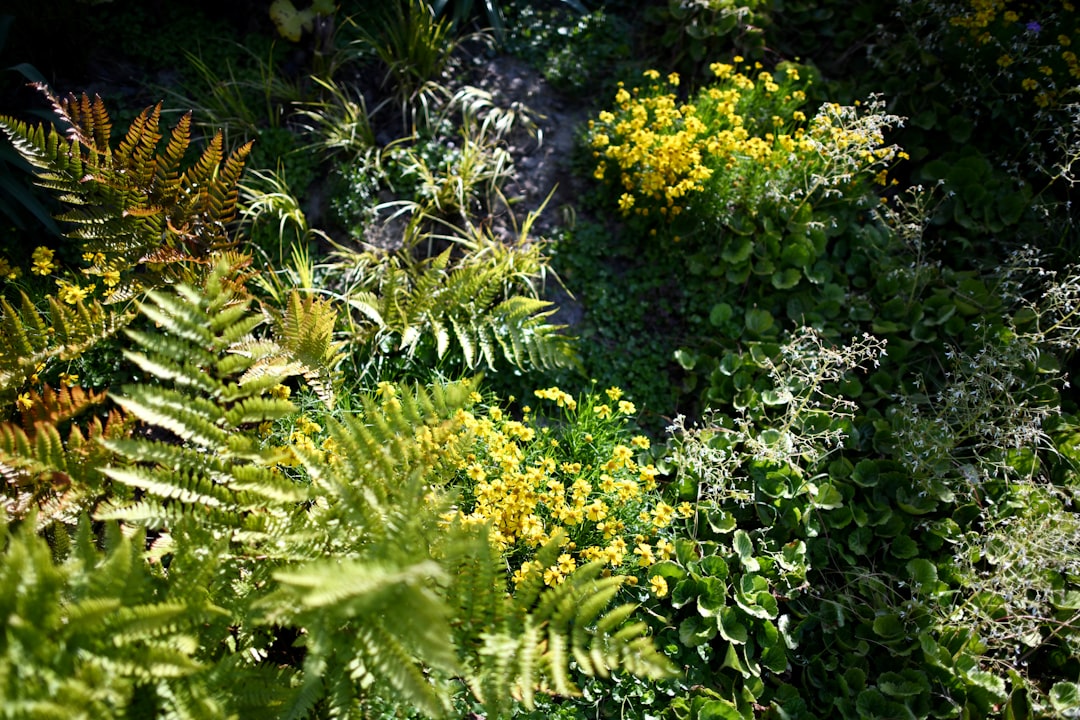Unveiling the Enchanting World of Moon Gardens

In the realm of garden design, moon gardens stand out as a unique and magical concept that transforms ordinary outdoor spaces into enchanting havens after dark. These gardens, carefully crafted to be enjoyed under the moonlight, offer a sensory experience like no other, combining the beauty of plants, the allure of soft lighting, and the tranquility of the night.
One of the first considerations when designing a moon garden is safety. As these gardens are meant to be explored in the dark, it's crucial to ensure that the pathways are well - defined and free of obstacles. Using materials such as gravel or stepping stones can help create a clear and safe walking surface. Additionally, installing low - voltage lighting along the edges of the paths not only enhances safety but also adds to the overall ambiance of the garden. For example, small solar - powered lights can be placed at regular intervals, providing just enough illumination to guide your steps without being too bright and spoiling the moonlit atmosphere.
When it comes to plant selection, certain plants are better suited for moon gardens due to their pale colors, strong fragrances, and nocturnal blooming habits. White and silver - leaved plants are a staple in moon gardens as they reflect the moonlight, creating a luminous effect. Some popular choices include white roses, which not only look stunning in the moonlight but also emit a sweet fragrance that fills the air. Dusty miller, with its silver - gray foliage, adds a touch of elegance and contrast to the garden. Another great option is evening primrose, which blooms at night, releasing a delicate perfume and attracting moths and other nocturnal pollinators.
Lighting plays a pivotal role in the design of a moon garden. In addition to the path lighting, other lighting elements can be incorporated to create a more dynamic and magical effect. String lights can be hung from trees or pergolas, adding a soft, twinkling glow. Uplighting can be used to highlight the architectural features of plants or statues, casting interesting shadows on the ground. For a truly immersive experience, consider using lanterns of different shapes and sizes. Hanging lanterns can be placed in strategic locations, while tabletop lanterns can be used to create focal points on benches or small outdoor tables.
Decor is also an important aspect of moon garden design. Wind chimes can be added to create a soothing sound that blends with the natural sounds of the night. Placing a small water feature, such as a fountain or a birdbath, not only adds visual interest but also the gentle sound of flowing water can enhance the sense of tranquility. Statues or sculptures can be strategically placed throughout the garden, adding a touch of artistry and mystery. For example, a small angel statue hidden among the plants can create a sense of wonder when discovered in the moonlight.
Creating a moon garden is not just about aesthetics; it's also about creating a space for relaxation and connection with nature. After a long day, stepping into your moon garden can be like entering a different world. You can sit on a bench, surrounded by the soft glow of lights and the sweet fragrance of flowers, and simply soak in the beauty of the night sky. It's a place where you can unwind, meditate, or have a quiet conversation with a loved one.
In conclusion, moon gardens offer a unique and rewarding way to enhance your home landscape. By carefully considering safety, selecting the right plants, incorporating appropriate lighting, and adding decorative elements, you can create a magical outdoor space that you'll enjoy for years to come. Whether you have a large backyard or a small balcony, there are endless possibilities for designing your own moon garden and bringing a touch of magic to your outdoor living experience.